The bittersweet relationship between the Audemars Piguet Royal Oak and the Patek Philippe Nautilus has been the topic for debate and discussion for what seems to be ages. It is almost impossible to talk about one of them without mentioning the other. Both have a lot of similar attributes that put them in the same category of watches. This comes as no surprise as both the Royal Oak and the Nautilus have been designed by none other than the legendary designer Gerald Genta. But which one of them has the upper hand?
Audemars Piguet Royal Oak Vs Patek Philippe Nautilus
The Creator: Gerald Genta

When it comes to Gerald Genta watch designs, you are either a fan or you aren’t. There is absolutely no middle ground watch so ever. Genta is popular for his atypical and unconventional designs. He created several references of Omega Constellations and Seamasters before setting up his own company in 1969. For those who do not know this, this business was later acquired by Bvlgari in 2000.
The Gerald Genta brand had some truly unique watches, one of the most impressive ones being the Octo Granda Sonnerie Tourbillion. The timepiece had a Sonnerie that emulated the same tune as the Big Ben in London, the “Westminster Quarters”. Bvlgari finally acquired the Gerald Genta brand in 2000 including all the patents and trademarks.
The Royal Oak and The Nautilus
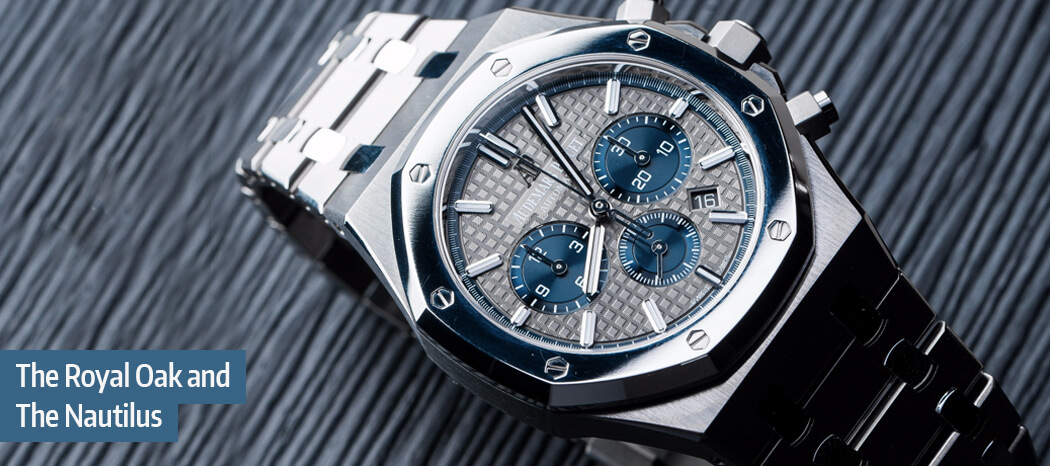
It is public knowledge that Gerald Genta is the brain behind the Audemars Piguet Royal Oak which was created in 1972 and the Patek Philippe Nautilus which was created in 1976. What makes things even more impressive is that both the watches have been in the industry for a long time and are considered to be members of the Crème de la crème me of Swiss watchmaking.
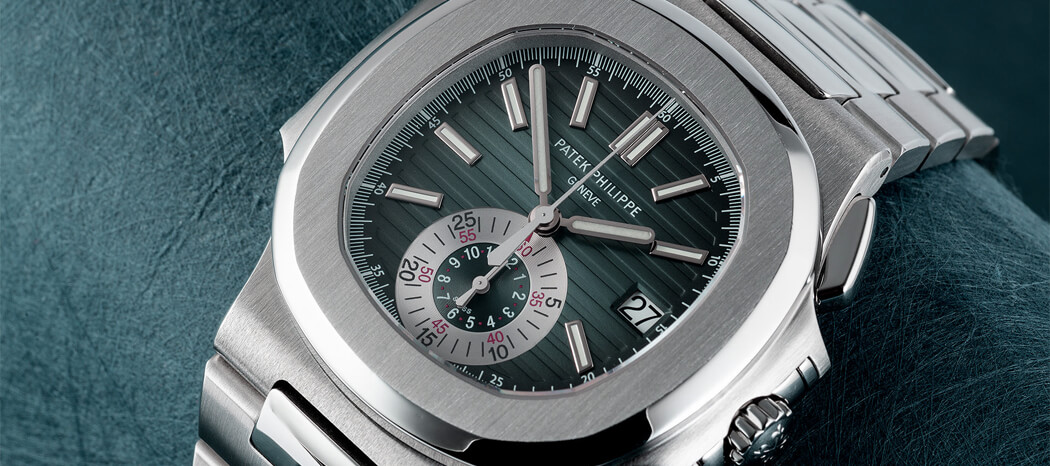
Both the timepieces are products of brands that had no relation to sports watches at all. Both Audemars Piguet as well as Patek Philippe manufactured slim gold watches with little or no complications. It is still not clear whether the brands were forced to make a steel watches or what, but thank the heavens they did. The popular narrative that goes with Audemars Piguet is that the Royal Oak was a final Hail Mary before things got out of hand. The watchmaker was facing huge financial losses due to the infamous Quartz Crisis at the time and the Royal Oak was a final attempt made by the brand to stay relevant.
When it comes down to the design and its originality, both the Royal Oak and the Nautilus are unique and distinct despite being designed by the same man and taking inspiration from the geometric shape, the octagon.
The Nautilus: A Brief History
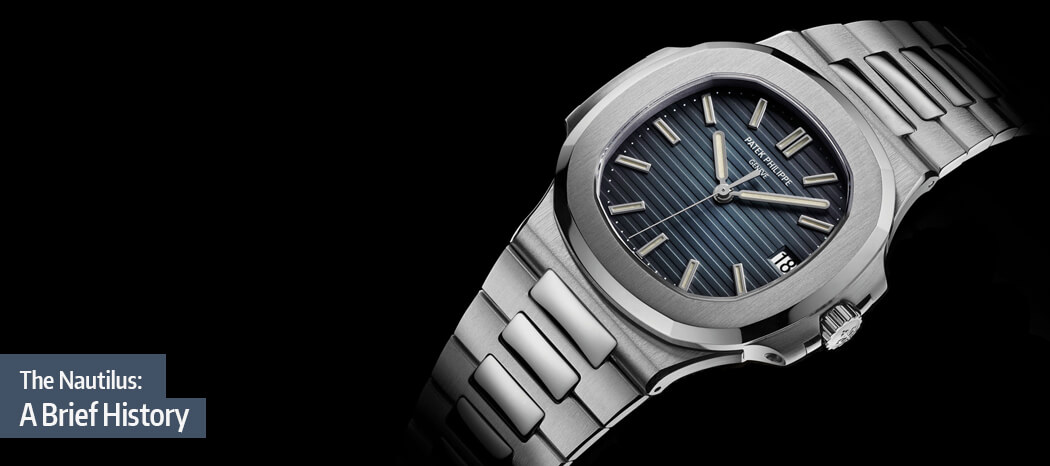
Patek Phillipe came out with the Nautilus in 1976, about four years after the release of the Royal Oak. Did they copy Audemars Piguet? Probably. Were they wrong in doing so? Who knows? As watch enthusiasts, we are just glad that they made it.
The Nautilus Ref. 3700, when it was launched, was a tad bigger than the Royal Oak. It was 42 mm in diameter, an attribute that earned it a lot of critiques. This watch used the Calibre 28-255 C, a movement originally known as Calibre 920 from Jaeger LeCoultre. The original 3700/1 Nautilus, also referred to as the Jumbo, was special. Although it was discontinued for some time in the middle, it still managed to garner a cult fan following among watch collectors. The 42 mm watch was discontinued because of its size which was too massive for that era.
In 2006, Patek Philippe reintroduced the Jumbo lineage when it launched the Ref. 5711/1A. The timepiece was 43 mm in diameter and had hour, minute, and seconds hands. The series continues to be present in the brand catalogue even today.
The Royal Oak: A Brief History

Before the launch of the Royal Oak, there was no genre specifically dedicated to “steel” sports watches. Audemars Piguet took a really bold step by making a luxury watch made of steel. Keep in mind that this was an era that saw steel as a taboo material for luxury items. Upon its release, the watch was considered to be on the thinner side. The other fascinating feature in the watch was the Calibre AP 2121, which was essentially the Jaeger LeCoultre 920, same as the original Nautilus. The Audemars Piguet introduced the watch at 39 mm, 3 mm smaller than the then yet to be released Nautilus.
The watch has seen several modifications and evolutions over the years. It even saw the launch of the Royal Oak Offshore collection in 1993. The brand also introduced the Ref. 15202ST also called the Jumbo or ultra-thin that stands at 39 mm in width.
The Better Timepiece

If we were to take the “chicken or the egg” approach, the Royal Oak would win obviously as it came first, but that is not how things work in watchmaking. Audemars Piguet has definitely come up with the world’s first steel sports watch, but the Nautilus too has its merits. This blog will be focusing on an unbiased and precise comparison between the two Haute Horlogerie behemoths while keeping the emphasis on features, design, and that “oomph” factor.
Case Design
The Royal Oak
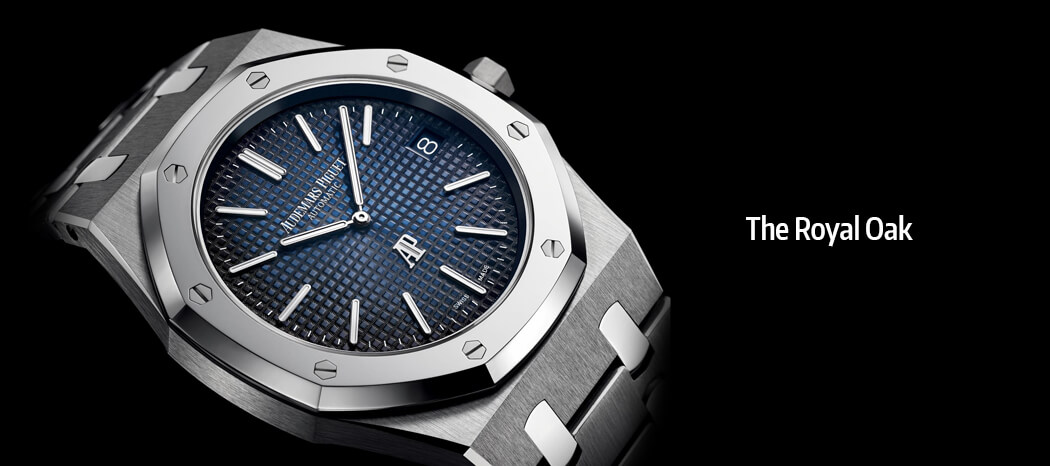
The standard Royal Oak is a watch that clocks in at 41 mm in diameter (available in other sizes too.) The case features a polished finish that gives off a strong appearance to the watch. The 41 mm size also plays a huge factor. Eight hexagonal H-shaped screws help emulate a port-hole style design for the bezel. At the back, the Royal Oak also allows for a good glance at the movement at work through a see-through sapphire crystal.
The Nautilus
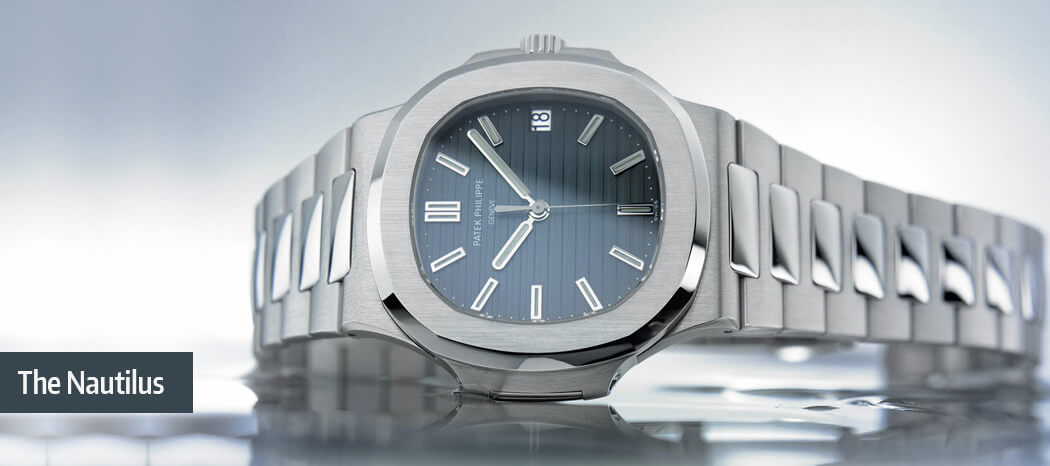
As opposed to the Royal Oak, the Nautilus has a brushed surface. The watch stands at 40 mm in diameter but looks bigger in size because of the flared up case on the sides. The edges on the Nautilus are smoother when compared to its rival. They are a bit more curved, per se. Another distinction is the crown guard in the Nautilus timepiece. The brand created a crown guard to protect the crown, something that is missing in the Royal Oak.
Dial
The Royal Oak
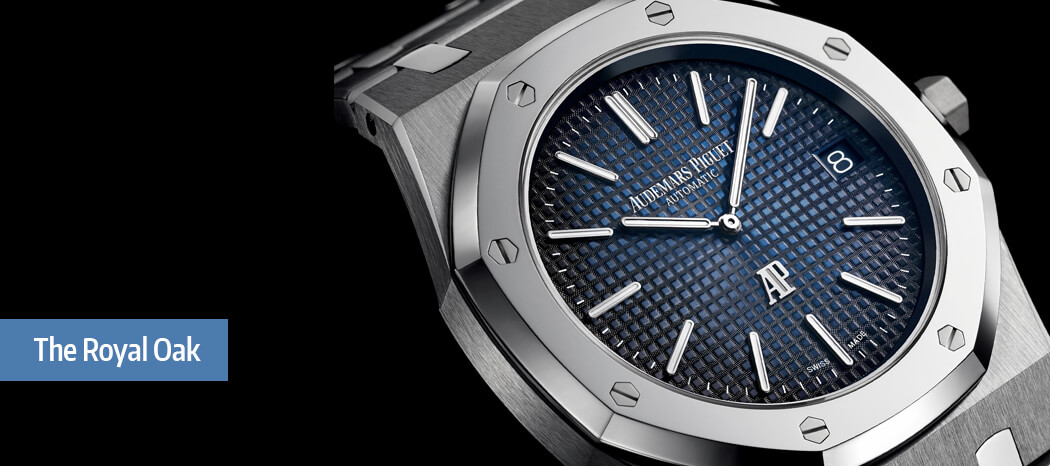
It could be said that the Royal Oak’s dial is the most unique among the two. With the signature Tapisserie pattern, the dial perfectly captures the watch’s geometric inclination. The pattern forms square-ish motifs that use natural light to make the dial even more legible. The date window in the Royal Oak is smaller in size. Like a dual-edged sword, it is better for those who like the watch’s minimalism and bad for those who prefer their date displays to be big.
The Nautilus
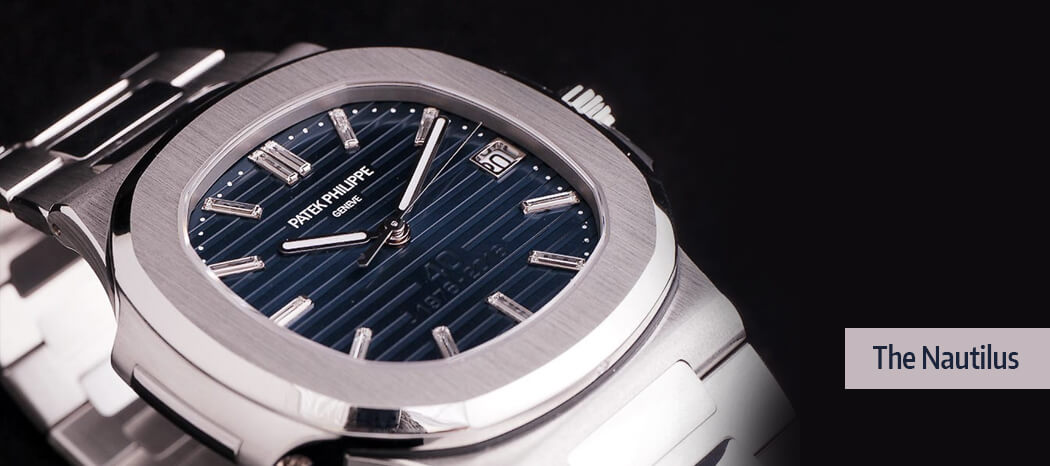
The Nautilus is a watch of style and class, and the dial proves it. A closer look at the watch will tell you that the dial has horizontally embossed bars that beautifully exchange colours in a mind-blowing fashion. The bars reflect natural light in ways that increase legibility too. The hands and the hour markers complement the dial and the luminescence provides easy night-time viewing.
Bracelet
The Royal Oak
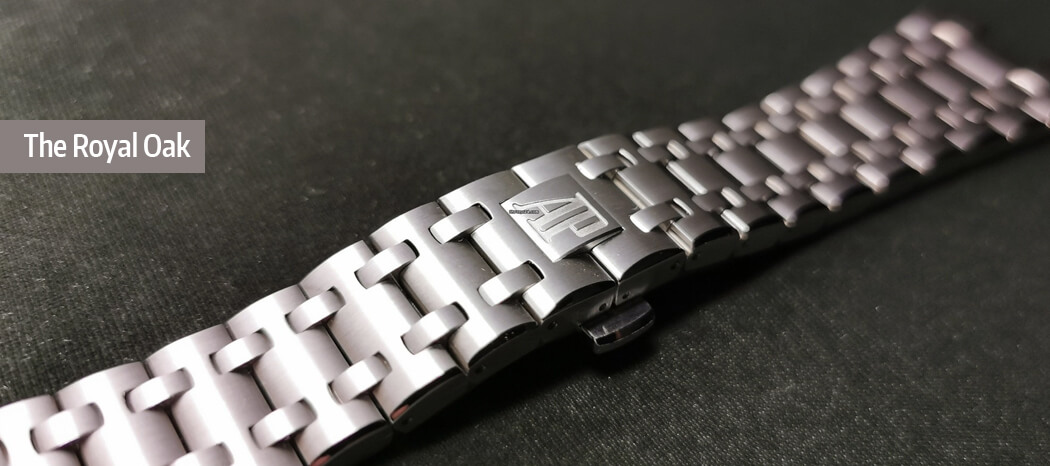
The Royal Oak bracelet has a solid construction that enhances its looks. The brushed texture of the bracelet gives off a strong and firm vibe. The plot links are intermediate and give the watch a jewellery-esque look but at the same time, the timepiece retains its manly features. That being said, the overall design is simple yet unique. To sum it up, the bracelet is integrated with the case just flawlessly.
The Nautilus
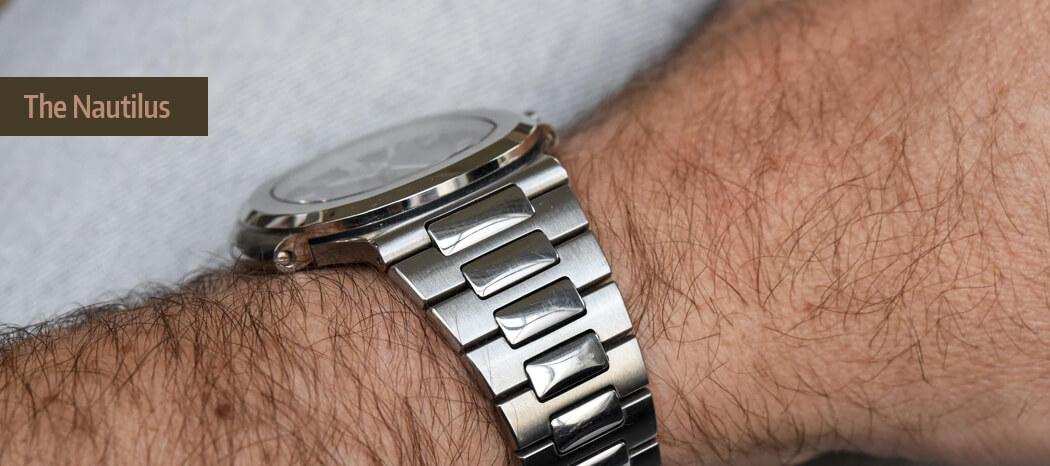
Nautilus has a much smoother and refined look when it comes to the bracelet and clasp. This level of quality of the bracelet and the finish is pretty much unseen on other sports watches. The bracelet is a tad bit on the thinner side when compared to the Royal Oak. The entire set up looks pitch-perfect as if it is a single unit.
Movement
The Royal Oak
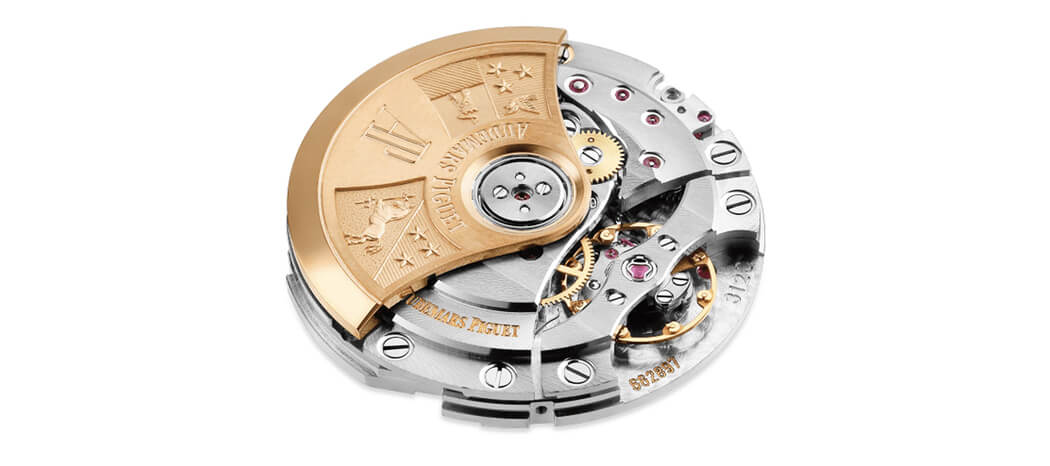
The Royal Oak scores a few additional points for its 22-carat gold rotor at the back of the case. The Calibre 3120 is a piece of art when it comes to watch movements. The self-winding movement operates at 3 Hertz and offers a whopping power reserve of 60 hours. The rotor bearing is made of ceramic and is unlubricated.
The Nautilus
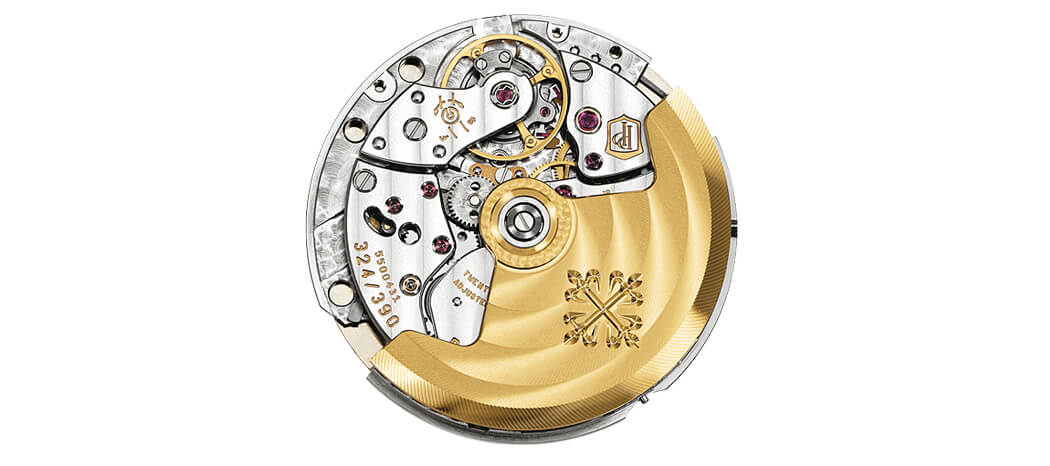
Similar to the Royal Oak, the Patek Philippe Nautilus also has a sapphire crystal back for viewing the movement. However, instead of the gold rotor, the watch has a Gyromax balance as the centrepiece. The self-winding movement 324 is about 15 years old, same as the Royal Oak’s 3120 and is incredibly well decorated. The 324 operates at 4 Hertz and offers a power reserve of about 40 hours.
All that being said, the final decision is, of course, on the buyer, that is you! Both the watches are sheer masterpieces that grace the Swiss watch industry with their presence. At the end of the day, it is really difficult to choose between the two. Personally speaking, I would go for the Royal Oak as it looks way more masculine and gives off a bold vibe. The hard-cut edges of the Octagonal case have a strong presence and appear to be more aesthetic than the Nautilus’ smoother overall design.





Nice
More articles please